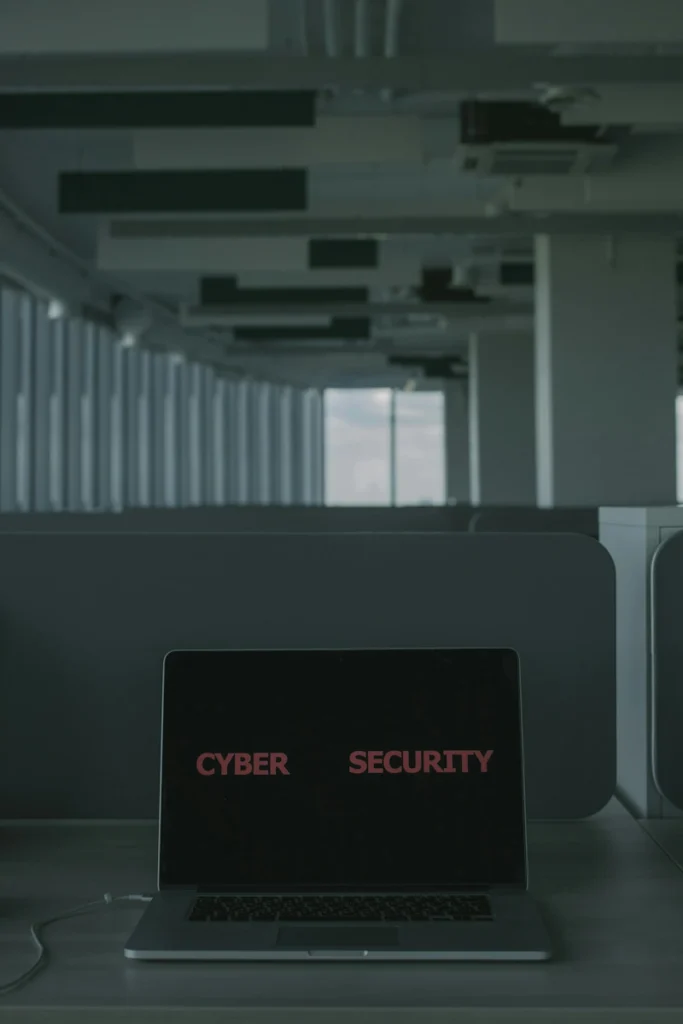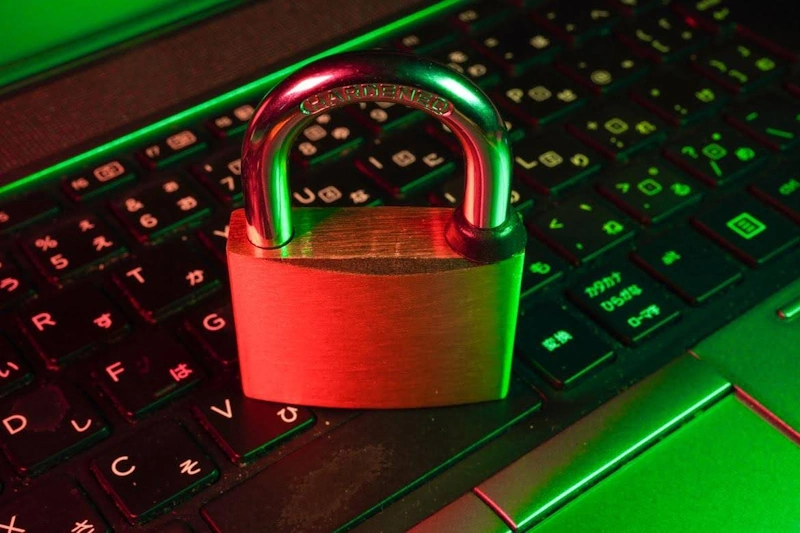The modern workforce operates in an environment where digital connectivity drives productivity but introduces new security vulnerabilities. As remote work expands, cloud-based systems proliferate, and employees interact with sensitive data across multiple platforms, traditional cybersecurity measures alone are no longer sufficient to protect against these risks.
Human Resources (HR) departments play a critical role in workforce protection, bridging the gap between technology, policy, and people. When combined with artificial intelligence (AI)-powered cybersecurity tools, HR strategies can significantly strengthen organizational resilience.
Make an Appointment for Free Consultation
The Evolving Role of HR in Cybersecurity

As organizations become increasingly dependent on technology, HR professionals must align their strategies with those of IT and security teams to protect both employees and company assets. One of the most powerful developments in this shift is using AI Security for protecting sensitive data while simultaneously reinforcing human-centric policies. By integrating AI-driven tools with HR practices, organizations can monitor access patterns, detect anomalies, and prevent data leaks in ways that were previously impossible.
This combination of advanced analytics and human oversight ensures that employees remain both empowered and secure within digital workspaces.
Strengthening Insider Threat Detection
Insider threats remain one of the most overlooked cybersecurity challenges. While external attacks often receive the most attention, data breaches caused by employees, whether through negligence or malicious intent, can be equally damaging. HR teams are uniquely positioned to identify behavioral red flags, such as sudden changes in employee activity, policy violations, or access to data outside typical job functions.
AI-powered monitoring tools enhance this process by analyzing vast amounts of behavioral data in real time. They can identify subtle deviations from normal patterns that may indicate security risks, such as unusual file downloads, login attempts from unexpected locations, or excessive access to confidential information. By combining these insights with HR’s understanding of organizational culture and employee behavior, companies can create proactive strategies to mitigate insider threats before they escalate.
Supporting Remote and Hybrid Workforce Security
The rise of remote and hybrid work models has fundamentally changed how organizations approach cybersecurity. Employees now access sensitive systems from personal devices, home networks, and shared spaces, increasing exposure to potential risks. HR departments play a crucial role in setting clear policies around secure work practices, device usage, and data handling.
AI-driven cybersecurity solutions support these efforts by providing adaptive protection that follows employees wherever they work. For example, AI can detect whether a login attempt is coming from an unfamiliar device or an unsecured network and trigger additional authentication steps. This flexible security model aligns well with modern workforce trends, ensuring that employees remain protected without sacrificing productivity.
Enhancing Compliance and Data Privacy Efforts
Regulatory frameworks such as GDPR, HIPAA, and CCPA require organizations to implement strict data protection measures. Non-compliance can result in significant financial penalties and reputational damage. HR departments oversee the handling of sensitive employee information, including payroll data, health records, and performance metrics, making them key stakeholders in compliance efforts.
AI-powered tools assist by automating data classification, monitoring for unauthorized access, and generating audit trails that simplify reporting. This automation reduces the risk of human error, ensures consistent adherence to regulatory standards, and allows HR teams to focus on strategic oversight rather than manual monitoring. Together, HR policies and AI technologies create a comprehensive compliance framework that strengthens organizational accountability.
Building a Security-Aware Culture
Technology alone cannot protect an organization if employees are not engaged in security practices. HR departments lead the charge in building a culture of security awareness through regular training, clear communication, and reinforcement of best practices. Employees who understand how cyber threats manifest are more likely to recognize phishing attempts, report suspicious activity, and follow secure data-handling protocols.
AI tools can personalize these training efforts by identifying employees who may be at higher risk based on behavioral data. For example, individuals who frequently handle sensitive information or use multiple devices can receive targeted education that addresses their specific vulnerabilities. This personalized approach increases the effectiveness of training programs and fosters long-term behavioral change across the workforce.
Facilitating Secure Onboarding and Offboarding Processes
Employee transitions present critical security moments for any organization. New hires require appropriate access privileges, while departing employees must have their credentials revoked promptly. HR departments oversee these processes, ensuring that access permissions align with job roles and responsibilities. Manual management can lead to delays or oversights that create security gaps.
AI-driven identity and access management solutions streamline these procedures by automatically assigning or revoking permissions based on predefined policies. They can detect anomalies, such as a former employee attempting to log in, and immediately alert security teams. This seamless integration between HR workflows and cybersecurity systems ensures that the organization remains protected throughout every stage of the employee lifecycle.
Modern workforce protection depends on a dynamic partnership between HR and AI cybersecurity solutions. By evolving their role, enhancing insider threat detection, supporting remote work security, reinforcing compliance, fostering security awareness, managing employee transitions securely, and preparing for future challenges, HR departments are becoming important contributors to cybersecurity resilience. Integrating AI capabilities amplifies these efforts, enabling organizations to protect their people and data in smarter, more efficient ways.
Don’t get left behind in AI search. Start using GEO (Generative Engine Optimization) to boost your visibility in AI answers. Contact Bruce Jones SEO today!


